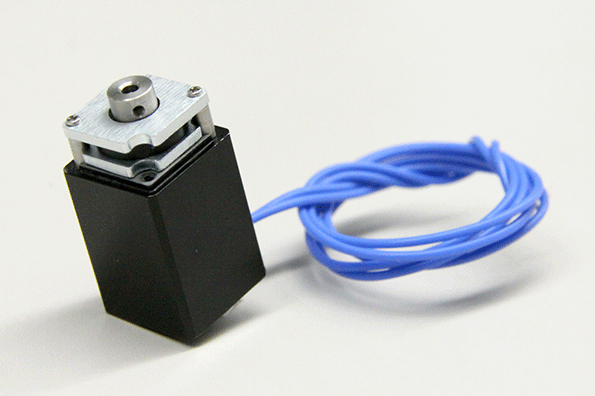
Micro Freio Eletromagnético Ogura
For a stop-and-hold application, the inertia caused by the brake is decelerating, along with the speed, determines how much energy is generated per engagement. In holding-only applications, speed remains an important factor. It is not for energy calculation, but to see if the brake disc can withstand the running speed of the application. Some high-speed motor applications can rotate over 10,000 rpm; therefore, the rotating disc in the brake must be able to withstand that speed.
Although hydraulic and pneumatic brakes can provide a very healthy torque-to size-ratio, that benefit diminishes when used in lower-torque applications. In such applications, electromagnetic brakes become the better choice. The electromagnetic brake family offers two options: the traditional spring-applied brake and the permanent-magnet brake. Both can have stop and hold designs.

Advantages with spring-set brakes include:
- Lower cost
- No specialized control needs
- Less sensitive to temperature
Advantages for permanent-magnet brakes include:
- Smaller size-to-torque ratio
- The applied holding force can be controlled to produce a soft stop